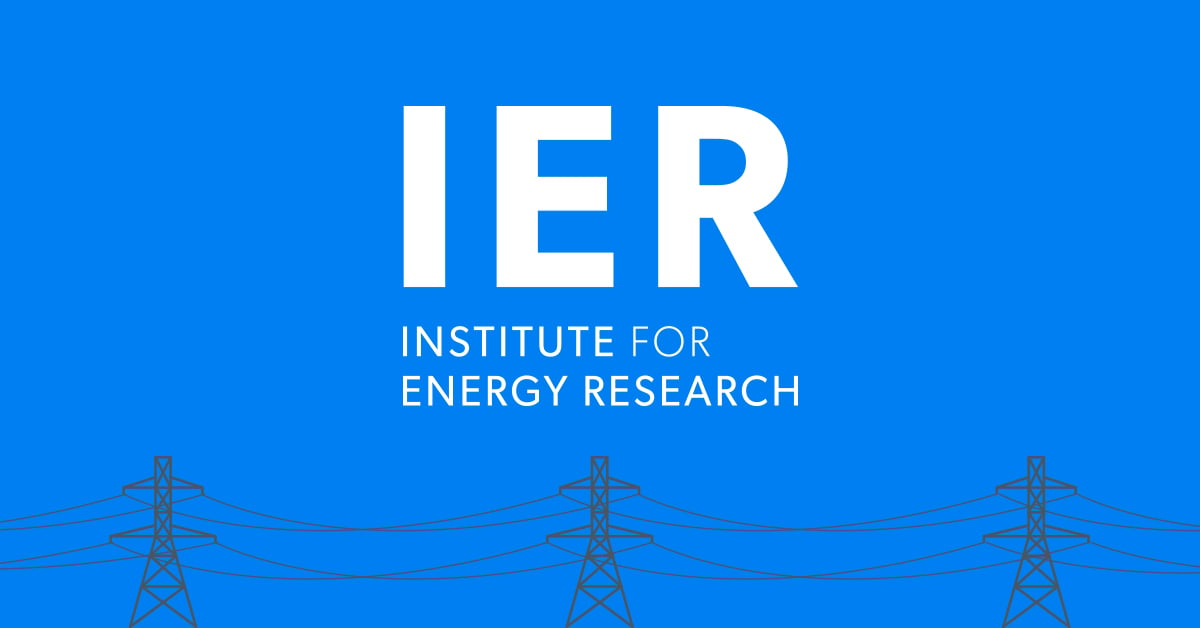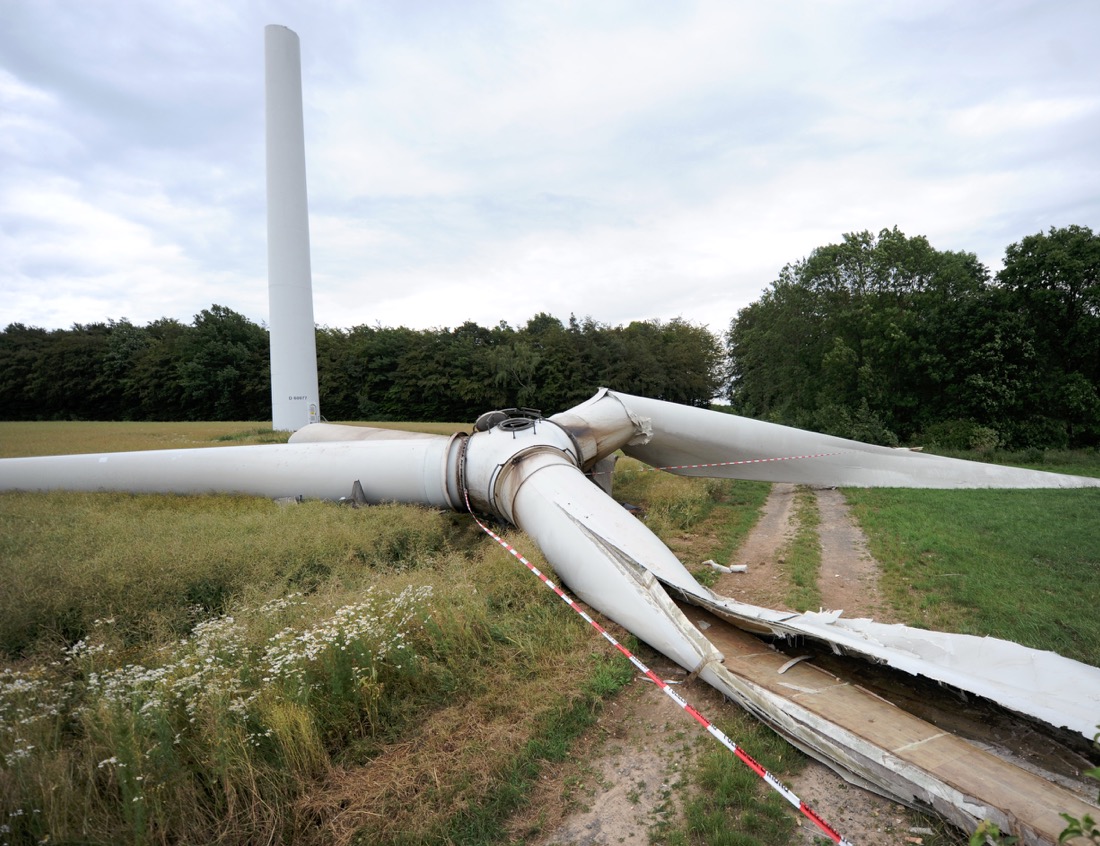Yes ... I used the the word "curtail" above as this word has the clear connotation of "using less" ... whereas I also used the word "converse" in this context to mean "cannot be created nor destroyed" ... as in the 1st Law of Thermodynamics; aka the Law of Conservation of Energy ...
So earlier when you mentioned conservation in another post regarding energy "curtailments," you were wrong

In the context of this discussion curtail means to impose a restriction where as conserve means to prevent harmful waste of a resource.
The problem with your argument is what happens to the electrical energy once it's converted from solar energy? ... we're only addressing 200 W of the 1,000 W received ... and that's just the square meter of solar panel ... there's likely another square meter of space between the solar panels ... so this averages out to only 100 W ... assuming the area between solar panels is covered with asphalt or some other black surface ... if it's concrete or desert white sands, then more solar energy is reflected back out into space than is converted to electricity ...
There is no problem in my argument. The problem is people waving their hand at an obvious impact of capturing energy that used to warm the surface of the earth and not properly accounting for that in the energy budget. I say it's because of bias against fossil fuels that solar gets a free pass with zero investigation of the consequences of widespread solar use.
Then what happens to the electrical energy? ... no point in keeping it there at the solar panel ... we run metallic wires to our homes ... and all metals have electrical resistance ... and resistance coverts electrical energy back into radiative energy in the IR band (i.e. heat) ... what are we doing we the electricity in our homes? ... refrigerators and A/C's spew hot air, water heaters are energy whores, what do stoves and ovens do? ... ask your grandparents how hot incandescent light bulbs ran ...
Have you ever done an incremental analysis in your life? If electrical use is in both cases then whatever energy that isn't used for mechanical work (i.e. heat losses due to less than a perfect transfer of energy) cancels out. Then the only incremental difference that exists between the two cases is electric generation form solar reduces the solar radiation absorbed by the earth and whereas electric generation from other sources doesn't.
As your link clearly states ... the net energy change is zero ... solar panels have no impact on average global temperatures ... whatever cooling at the solar farm is offset by heating where the electricity is used ...
Again.. they phoned that in. They waved their arms. They offered no data. AND THEY ARE 100% WRONG for the three reasons I have provided. I am more than happy to wait for this to play out because I know I will be proven correct eventually. It's not that complicated.
Not that I'm a big fan of solar farms ... there are a few places these make economic sense, but for the most part they don't ... I'm advocating the solar installation on top of the typical single family dwelling ... "think globally, act locally" ... here, this localized cooling effect is beneficial ... direct sunlight is what ruins three-tab roofing shingles ... solar panels need replacing every so often, so does your roof ... and every homeowner should be intimately aware of how much re-roofing costs ... I can't even touch a modest roof for less than $15,000 ... and extra $2,000 for new solar panels is nothing ... (re-roofing is a great DIY project, but you gotta gotta follow the directions printed on the shingle packages ... to the letter ... and for God's sake, don't fall) ...
My issue is widespead adoption without the proper analysis. Solar energy will have a cooling effect upon the planet. There is no way around this. There's no such thing as a free lunch.
BPA runs their transmission lines over land where it takes 20 acres to range one cow ... and you'll have to haul water in from 30 miles away everyday or that cow is going to die rather quickly ... the economy of scale starts at 12 sections ... in other words, barren wasteland ... and you're worried about ice sheets in Canada 20,000 years from now? ...
Actually I worry about idiots not factoring in reality. We are in an ice age. We are susceptible to 8C decreases in temperature and we are only 120 ppm away from that inflection point. They are discussing the wrong things.
By the way, do you include seismic refits in the Permian Basin in your cost/benefit calculations on fracking in the region? ... wrapping 1/4" steel around all the load bearing concrete piers everyplace ... didn't think so ...
No. We do life of field compaction studies instead which compare the strain in the rock to the strain in the casing to make sure casing deformation remains less than 5%.
The only seismic issue for frac'ing is around the initial frac pressure. Seismically active regions will have higher frac gradients. If we can frac it without exceeding Pmax we will. Some regions like the Caspian sea are not able to be frac'd without using extraordinary casing and drill pipe weights and are gravel packed instead.
Wrapping a 1/4" steel around all the load bearing concrete piers has nothing to do with frac'ing.


planetofthehumans.com






